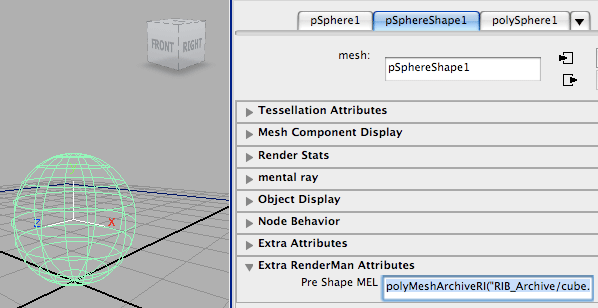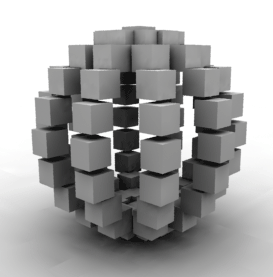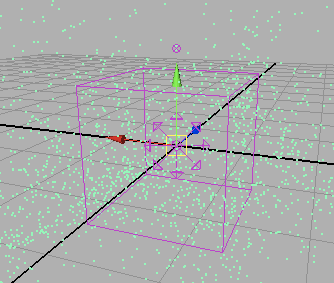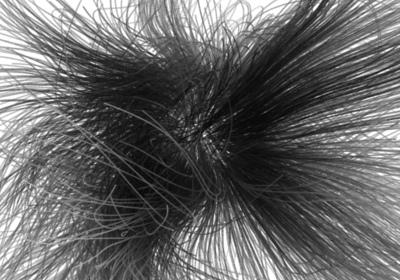Introduction
This tutorial presents examples of scripts intended for use at
Mel insertion points with Pixar's RenderMan for Maya plugin. For example, the
Mel proc, polyMeshArchiveRI, implemented by the first script would be
assigned as the value of a Pre-Shape MEL attribute of a shape node - figure 1.

Figure 1
As touched upon in the tutorial
RfM: Introduction to Ri Scripting, Pixar's RenderMan for Maya adds many custom Mel
procs to Maya's scripting environment. Most of the sample scripts in this tutorial
call the very useful
rman ctxGetObject proc to get a reference to the name of the shape node
to which a Mel script is "attached" ie.
string $shape = `rman ctxGetObject`;
Most of the sample Pre-Shape MEL scripts set a number of RenderMan visibility attributes to ensure the object to which a script is "attached" is not seen in the final render ie.
RiAttribute "visibility" "int camera" 0;
RiAttribute "visibility" "int transmission" 0;
RiAttribute "visibility" "int diffuse" 0;
RiAttribute "visibility" "int specular" 0;
RiAttribute "visibility" "int photon" 0;
The reader should also refer to the tutorial "Mel: Secondary Geometry". It provides samples of code that are similar to those presented in this tutorial.
Sourcing a Sample Script
The sample scripts presented in this tutorial can be sourced in two ways. If the reader has followed the suggestions in the tutorial, RfM:Setup for Mel, Rman and Slim. then a Mel script, or scripts, can be saved to,
maya/projects/RfM_mel
However, when testing a sample script on an ad-hoc basis it is probably best to copy and paste its text into Maya's script editor window and manually source it (by clicking on the enter key on the numeric keypad).



